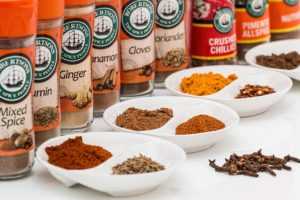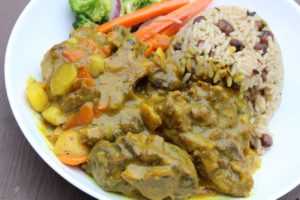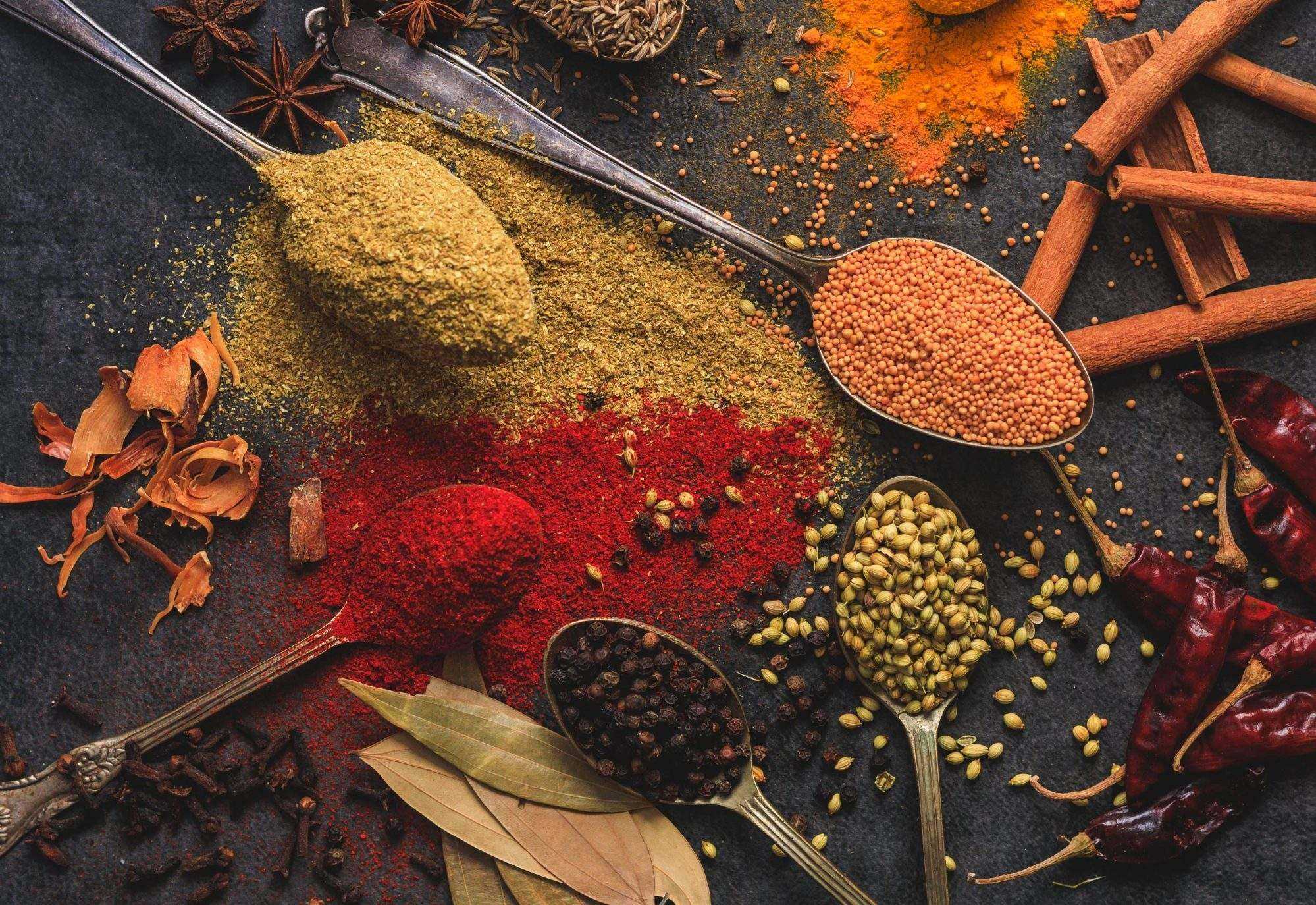BY NOEL CUNNINGHAM
Curry is a must have for me at least once per week at home, I think I am a curry addict. Whether it’s curried chicken, goat, oxtail or fish I have it. Curry is common throughout the Indian subcontinent but made its way across the world and of course the Caribbean. The people who came brought their food which inspired our cuisine today and the beloved curry spice is one of them. One of the most interesting things about curry is the diversity this one word encompasses. The flavor can vary widely depending on local ingredients and the culinary traditions of the region.
Two major categories of curry are Indian and Thai.
Indian curry which was adopted by the Caribbean is a combination of toasted spices ground into a powder, called a masala, usually containing cinnamon, cardamom, and fenugreek as the three main ingredients, which Thai curries usually don’t have.
Thai curries often call for a wet curry paste and use coconut milk or coconut cream. You’ll see herbs and spices like lemongrass, galang and kaffir lime leaves.
Here is your chance to make your own curry spice. These are ingredients that are in your cupboard along with a delicious curry oxtail recipe. Many of you have heard of curry goat but have you tried curry oxtails? Once you try it, I am sure you will love it. Creating your own curry blend is great because you can tailor the taste to your likeness.
 Curry Spice Blend
Curry Spice Blend
Ingredients:
- 1 tsp. Hungarian paprika
- 1 tsp. ground cumin
- 1.5 tsp. cayenne pepper
- 2 tsp. ground coriander
- 2 tbsp. ground turmeric
- 1 tsp. ground cardamom
- 1 tsp. salt
- 2 teaspoons ground fenugreek (optional)
- 1 tsp. ground nutmeg
- ¼ tsp. teaspoon ground cloves
- 1 tsp. ground pimento
- 2 tsp. ground ginger
- 1.5 tsp black pepper
Directions:
Combine all the spices in a bowl and mix thoroughly to combine.
 Curried Oxtail
Curried Oxtail
Ingredients:
- 4 lbs oxtails cut and trimmed
- 2 teaspoon salt
- 2 tsp of black pepper
- 3 tbsp curry powder (see recipe)
- 2 tbsp oxtail seasoning
- 2 tbsp vegetable oil
- 1 onion (diced)
- 5 cloves garlic (diced fine or crushed)
- 1 scotch bonnet pepper
- 4 allspice berries (pimento)
- 4 sprigs thyme
- 5 cups water
- 2 tbsp grated ginger
Directions:
- Trim off as much fat as you can off the oxtail pieces, wash and drain. Season with salt, black pepper, oxtail seasoning mix well and let marinate in the fridge for a few hours.
- Heat the oil in a heavy/deep pot on medium heat, then add the diced onion and garlic. Turn the heat down to low and cook until translucent. Now add the curry powder (heat still on low) and toast for 3-4 minutes. This step will release the spices which make up the curry blend.
- Add oxtail to pot and stir until fully coated with curry spices.
- Meanwhile, in the same bowl you marinated the oxtail, add water using a spoon to stir around to get up any remaining marinade then set aside.
- Place the lid on the pot and bring to a boil. It will release natural juices. As it comes to a boil, lower the heat to a simmer, cover the pot and let it go for about an hour to two. Add water if needed.
- Remember to stir frequently and add boiling water as needed. Then remove the lid, turn up the heat add thyme, scallion, pimento, and adjust seasoning to taste. Leave to simmer for an additional 15 minutes. You can add 1 cup of broad beans to make it extra delicious.

